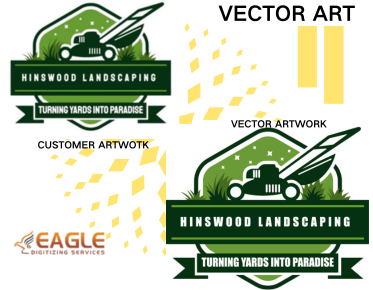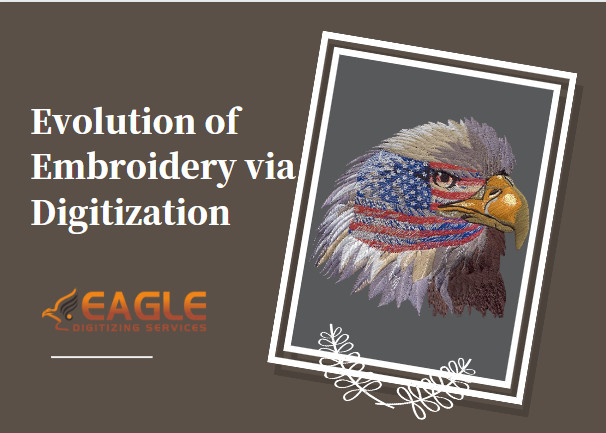The Enduring Power of Screen Printing: Why It Remains a Top Choice for Businesses and Creatives
Screen printing is a versatile and timeless printing method that has remained popular among businesses, artists, and entrepreneurs for decades. Whether used for custom apparel, promotional materials, or creative projects, screen printing offers a reliable and cost-effective way to bring designs to life with vibrant colors and lasting durability. In this article, we explore the numerous benefits of screen printing, common mistakes to avoid, and the future trends shaping the industry. From its impact on small businesses to its growing focus on sustainability, screen printing continues to play an essential role in the world of design and production.
Building Your Brand with Custom Apparel
Small businesses often turn to screen printing as a powerful tool for building brand identity. Custom apparel, such as t-shirts, hats, and jackets adorned with company logos, slogans, or unique designs, provides excellent opportunities for businesses to increase visibility and foster customer loyalty. With screen printing, companies can create eye-catching and memorable designs that resonate with their target audience. These branded items also serve as walking advertisements, spreading brand recognition wherever customers go. In addition, creating a consistent and professional look through custom apparel can help set a business apart from competitors.
Affordable
and High-Quality Products for Entrepreneurs
Screen printing is an affordable way for entrepreneurs to create
high-quality, customized products. By keeping production costs low, small businesses
can offer their customers a cost-effective yet durable product that stands out
in the marketplace. Whether it’s a single design or a large batch of printed
items, the screen printing process is scalable, making it accessible for
businesses at any stage. Entrepreneurs can achieve a high return on investment
by leveraging screen printing’s efficiency, which allows for larger production
runs without sacrificing quality. Moreover, it helps entrepreneurs manage their
budgets while still providing top-tier products to their customers.
Small
Runs and Bulk Orders: Flexibility for Every Need
One
of the key advantages of screen printing is its flexibility in handling both
small and large orders. Whether you need a limited batch of custom apparel for
a special event or a large quantity for retail distribution, screen printing is
capable of meeting various production needs. Small businesses can experiment
with limited-edition designs or seasonal collections, while larger companies
can benefit from bulk orders without compromising on print quality. The ability
to scale production in this way ensures that businesses can adapt to
ever-changing demand. Additionally, screen printing offers a quick turnaround,
making it ideal for businesses with tight deadlines or last-minute promotional
needs.
Common
Mistakes to Avoid in Screen Printing
While
screen printing is a relatively straightforward process, common mistakes can
lead to poor results and wasted resources. One of the most frequent errors is
skipping the crucial step of proper screen preparation. Failing to clean and
coat the screen correctly can result in blurry or uneven prints that don’t meet
quality standards. It’s essential to take the time to ensure the screen is
properly exposed and free of debris before beginning the printing process.
Another pitfall is choosing the wrong ink for the material, which can cause
adhesion issues or fade over time. Using the wrong type of ink can negatively
affect the durability of your prints, especially if they’re exposed to frequent
washing or outdoor elements.
Not
Accounting for Color Layers and Design Detail
In screen printing, design complexity can be both a blessing and a
challenge. It’s essential to account for the number of color layers in the
design and how each one will be applied to the surface. Failing to plan for
intricate design details, such as small text or fine lines, can result in
prints that appear distorted or unclear. Screenprinting often requires meticulous attention to detail, especially when
working with multi-colored designs, as each color layer needs to be applied one
at a time. Skipping this important step can lead to disappointing results that
can’t easily be corrected once the ink is set.
Overlooking Curing Time and Temperature
Curing
is a critical step in screen printing that shouldn’t be overlooked. The curing
process ensures that the ink adheres properly to the fabric and remains intact
even after repeated washing. Inadequate curing can result in prints that fade
or crack over time, affecting the longevity of the product. Conversely,
over-curing can cause prints to become brittle or less flexible, compromising
the overall quality of the design. It’s crucial to ensure that both time and
temperature are carefully monitored during the curing process. Using the right
equipment, such as a heat press or conveyor dryer, helps maintain consistency
and ensures your prints will last.
Sustainable
Screen Printing: Eco-Friendly Materials and Practices
Sustainability
is becoming a growing priority in many industries, and screen printing is no
exception. The adoption of eco-friendly materials and practices, such as
water-based inks, recyclable screens, and energy-efficient curing methods, has
gained traction in recent years. These environmentally responsible choices not
only reduce waste but also appeal to consumers who value sustainability. For
businesses, adopting green practices can improve their brand image,
particularly in an era where eco-conscious consumers are more likely to support
brands that prioritize sustainability. By making conscious decisions about
materials and production methods, screen printing can evolve to meet modern
environmental standards.
Automation
and Technology in Screen Printing
The
future of screen printing is increasingly shaped by automation and advanced
technology. With the development of automated machinery, the printing process
has become faster, more precise, and more capable of handling complex designs
with ease. These advancements have revolutionized the industry, allowing for
faster turnaround times and higher-quality results. Automated screen printing
also improves consistency, ensuring that every print is identical to the last.
Moreover, new digital technologies are enhancing customization, giving
businesses more creative freedom while still maintaining the efficiency and
cost-effectiveness that screen printing is known for.
The
Rise of Customization: Consumer Demand for Personal Touches
Customization is a growing trend, with more consumers seeking unique, personalized products that reflect their style. Screen printing plays a key role in this movement by allowing businesses to create custom products that stand out from mass-produced items. Whether it’s personalized clothing, home decor, or accessories, screen printing offers a level of customization that appeals to consumers looking for one-of-a-kind products. As people become more focused on individuality, the demand for customized items continues to rise. This trend allows businesses to capitalize on the growing desire for personal expression through custom-designed products.
Screen Printing vs. Direct-to-Garment (DTG) Printing
When
deciding between screen printing and other printing methods like
direct-to-garment (DTG) printing, it’s important to understand the strengths
and limitations of each technique. DTG printing uses inkjet technology to apply
ink directly onto fabric, making it ideal for highly detailed or multi-colored
designs. However, screen printing offers superior vibrancy and durability,
especially on fabrics like cotton and polyester. While DTG is great for small
runs or complex designs with many colors, it cannot match the longevity and
texture of screen-printed designs. Screen printing is better for larger batches
and simpler designs with solid color blocks, where durability is a priority.
Screen
Printing vs. Heat Transfer Printing: Pros and Cons
Heat
transfer printing is another popular method for applying designs to fabrics,
using heat to transfer a pre-printed image onto the material. This process
offers the advantage of being able to print fine details and complex designs in
full color, but it can’t match the durability or texture of screen-printed
designs. Screen printing provides a higher level of adhesion, ensuring that
designs last longer even after multiple washes. Heat transfer printing can also
be more prone to cracking or peeling over time, especially if the design is not
properly applied. Choosing between these two methods depends on the design
complexity, durability requirements, and quantity needed for your project.
Why
Screen Printing Remains Timeless
Despite
the rise of new printing technologies, screen printing continues to be a
beloved and enduring technique in the world of print production. Its
combination of craftsmanship, high-quality results, and versatility makes it
ideal for a wide range of applications, from custom apparel to promotional
products. The tactile, vibrant nature of screen printing sets it apart from
other methods, offering a unique finish that digital prints cannot replicate.
Even in an age of rapid technological advancements, the timeless appeal of
screen printing ensures its place in both the creative and commercial worlds.
With sustainability, automation, and customization trends driving its future,
screen printing will remain a cornerstone of the industry for years to come.
As technology and consumer demands evolve, screen printing remains a top choice for businesses and creatives alike, thanks to its unmatched versatility and customization options. Whether you’re a small business owner looking to build a brand identity or an artist seeking to bring intricate designs to life, screen printing offers endless possibilities. The future of this technique looks bright, with innovations in automation, sustainability, and personalization leading the way. With its proven track record and exciting potential, screen printing will continue to thrive and inspire creativity for years to come.



